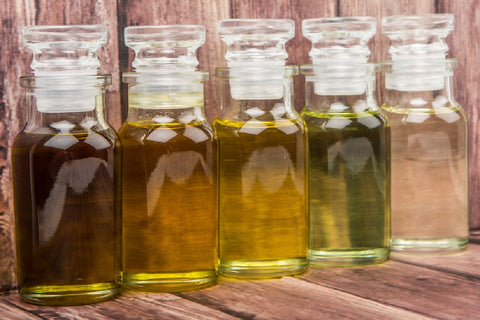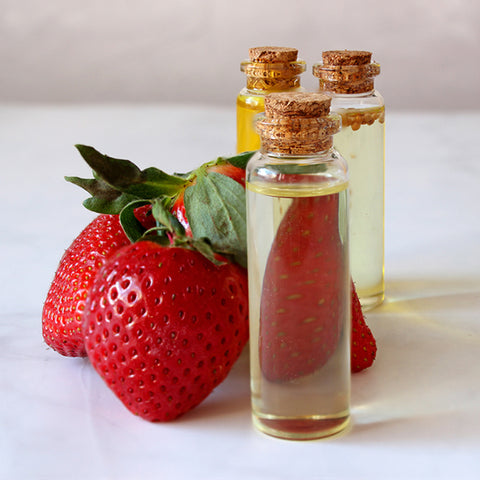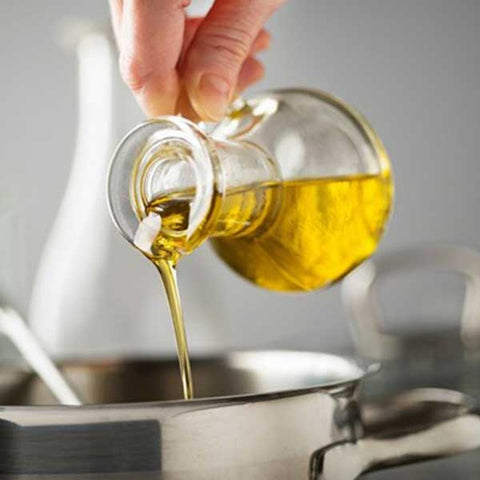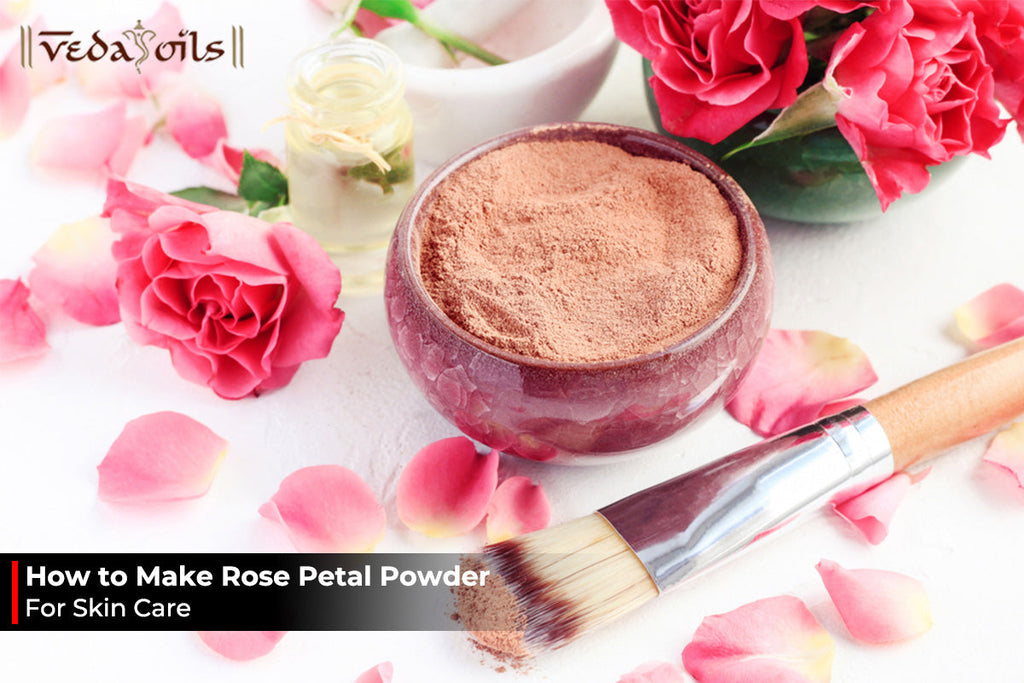Understanding Role of Food Flavor Concentrates
Flavor concentrates are highly concentrated versions of Flavoring compounds utilised in various industries, most notably in the culinary and e-liquid industries. These concentrated extracts encapsulate the essence of a Flavor, allowing for more accurate and robust Flavor profiles in recipes.

Chefs frequently utilise Food Flavor Concentrates to enhance recipes, whilst, in the vaping community, they are essential components for creating unique e-liquid mixtures. Understanding the intricacies of Flavor concentrates to get desired tastes and fragrances is critical. This tutorial delves into practical strategies and tactics for optimizing the potential of these potent Flavoring compounds.
Understanding Flavor Concentrates
Flavor concentrates are concentrated extracts meant to infuse powerful and precise Flavors. They are the foundation of culinary innovation and vaping inventiveness. These potent ingredients redefine the possibilities of Flavor discovery in both the kitchen and the vape sphere.
1. Versatility At Its Best
Flavor's attraction stems from its unrivalled adaptability. Culinary masters may elevate dishes with focused and robust Flavors, while vaping lovers can create bespoke e-liquid blends and explore a wide range of Flavor combinations.

2. Natural Vs. Artificial
It is critical to understand the difference between natural and artificial Flavor concentrates. Natural extracts from sources provide authentic Flavor, whilst synthetic counterparts provide consistency and the potential for new, synthetic tastes. A well-balanced mix of both types can result in rich and subtle Flavor experiences.
3. Start Small, Adjust As Needed
When working with taste concentrates, proceeding cautiously and modestly is essential. Because of their concentrated nature, a little goes a long way. Introduce concentrates gradually, tasting and adjusting to ensure a precise balance that matches the intended Flavor profile. This method of taste generation allows for greater precision and skill.
Culinary Tips And Tricks
A culinary journey entails more than just following recipes; it entails mastering skills and pouring originality into each meal. These culinary tidbits dive into cooking, providing insights that will improve your skills and delight your taste senses.

1. Baking Brilliance
Precision is everything when it comes to baking. Ensure your measurements are correct, use high-quality ingredients, and don't underestimate the power of resting dough. The devil is in the details when it comes to baking.
2. Fruitful Enhancements
Fruits may add brightness to your cuisine. Fruits, from zesty citrus zest to caramelized berries, offer layers of taste and natural sweetness, turning ordinary into spectacular.
3. Savory Surprises
Experiment with unusual savoury ingredients. A dab of smoked paprika in pastries or a balsamic reduction over ice cream can add delectable variations to traditional Flavors.
4. Dip Into Diverse Flavors
Your hidden weapons are dressings and dips. Experiment with herbs, spices, and speciality oils to create various Flavor profiles. These adaptable accompaniments can elevate a simple dish to culinary masterpiece status.
5. Culinary Cocktails
Take your imagination beyond the plate and into the glass. Culinary drinks featuring herbs, spices, or smoky undertones provide a sensory experience that compliments and enriches your culinary creations.
Storage And Maintenance
Proper storage and maintenance are critical for sustaining product quality and lifetime. Adopting the proper storage techniques for food, chemicals, or specialized equipment provides optimal performance and longevity.

1. Cool And Dark Storage
Cool and dark storage is essential for things sensitive to light and temperature, such as meals, pharmaceuticals, or cosmetics. Keeping them away from direct sunlight and at a constant, moderate temperature helps to prevent degradation and spoilage.
2. Airtight Containers
Airtight containers keep pollutants out while keeping freshness in. This form of storage is incredibly successful for keeping the Flavor, texture, and strength of foods, spices, and even fragile materials susceptible to environmental exposure.
3. Refrigeration For Some
Refrigeration benefits certain things, such as perishable foods, medications, and chemicals. The chilly atmosphere suppresses bacterial development, keeps products stable, and increases the shelf life of commodities that would decompose at room temperature.
4. Shake Well Before Use
A simple "shake well before use" guarantees homogeneity when dealing with liquid items or chemicals that may settle or separate over time. This is a typical method in the culinary world for dressings and sauces, as well as in the world of chemicals and scientific solutions. Shaking regularly ensures consistent outcomes.
Conclusion
Mastering preservation and maintenance methods is the anchor for long-term excellence in the complicated fabric of culinary and practical pursuits. The thorough technique required includes embracing cool and gloomy locations, using airtight containers, and determining the necessity for refrigeration. Like a well-choreographed symphony, these methods harmonize to protect and maximize, allowing for a smooth and long-lasting voyage in both cuisine and practicality.
You May Also Like:
Buy Products
-
 Aam Papad Flavor Oil
Aam Papad Flavor Oil -
 Creamy Milk Toffee Flavor Oil
Creamy Milk Toffee Flavor Oil -
 Dark Chocolate Flavor Oil
Dark Chocolate Flavor Oil -
 Fresh Mango Flavor Oil
Fresh Mango Flavor Oil -
 Kiwi Flavor Oil
Kiwi Flavor Oil
Related Articles
-
 How to Make Marble Candles | DIY Marble Pillar Candle
How to Make Marble Candles | DIY Marble Pillar Candle -
 DIY Tanning Oil - Best Homemade Recipes For Tan Removal
DIY Tanning Oil - Best Homemade Recipes For Tan Removal -
 Homemade Mustache Wax: Best DIY Recipe With Natural Ingredients
Homemade Mustache Wax: Best DIY Recipe With Natural Ingredients -
 Kojic Acid vs. Glycolic Acid: Which Is Better for Skin Whitening?
Kojic Acid vs. Glycolic Acid: Which Is Better for Skin Whitening? -
 5 Best Grades of Essential Oils - The Grading System
5 Best Grades of Essential Oils - The Grading System -
 How to Make Rose Petal Powder For Skin Care Homemade Recipe
How to Make Rose Petal Powder For Skin Care Homemade Recipe
Disclaimer :- This article is intended for informational and educational purposes only and should not be considered a substitute for professional medical advice. For specific health concerns or treatment, please consult your personal physician. The article's editor, writer, and VedaOils organization do not assume any responsibility for any health outcomes resulting from the information provided. Readers are strongly encouraged to seek advice from their physician before acting on any recommendations made in these articles.

















 Sign in
Sign in Register now
Register now My Reward Points
My Reward Points









